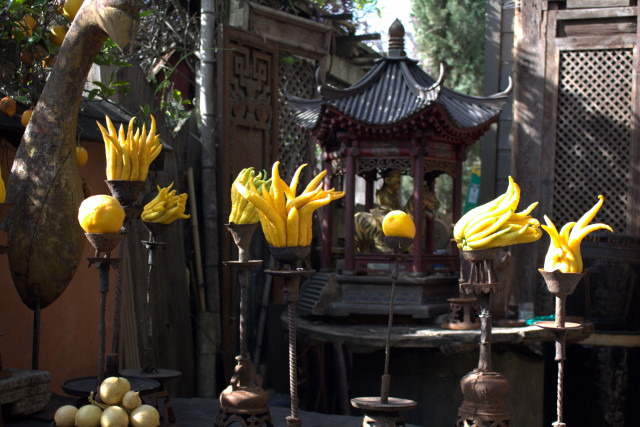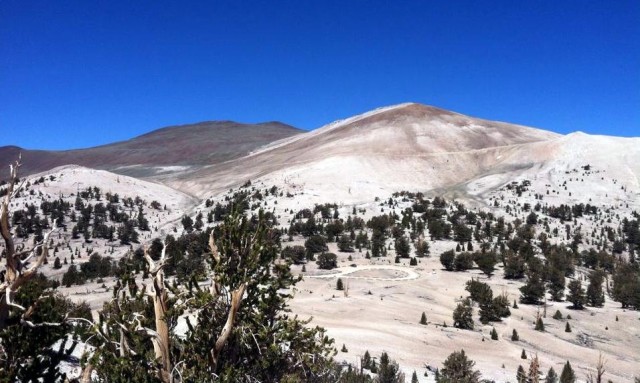Last year, I drove from my home in Benicia, California, to the White Mountains on the California/Nevada border. Ostensibly this was a pilgrimage of sorts. A journey to see the Bristlecone Pines, one of, if not the oldest, living things on this planet. Botanically it was a fascinating trip and I recorded some of my impressions on a previous blog on Gardening Gone Wild.
Recently, I had the pleasure of speaking at the San Francisco Flower Show, along with Fran, Debra and Saxon. I recorded my thoughts on the experience. What struck me was that all of us were talking about plants, beauty, horticulture, and the well-being that plants bring to our lives. We were doing so in a dark, enclosed auditorium, with a somewhat morbid atmosphere. Meanwhile, outside, in the hills and grasslands of Northern California, the real flower show was happening. It has been spring since late January, and despite the lack of rain, the hills were exploding with wildflowers. Yet here we were, talking about the joy of plants at the same time that we were denying our audience the opportunity to go outside and
see the real thing.
Sometimes I think we talk too much and see too little.
It may be that we are afraid of the contemplative silence that plants and gardening brings to us.
We may value silence but we only give it lip service, so to speak.
But gardening brings us to silence. Valuable exchange of information, communicating our successes and failures is important in this horti-cultural art. But so is the path to a quieter environment and a quieter mind. We know, intuitively if not scientifically, that we are going crazy from the increasing noise of our civilization. Years ago, when audio guides to gardens were being touted, I was approached by a company who wanted to sell this technology to Chanticleer. I replied to their sales pitch by saying, “Wouldn’t it be a more rewarding experience to hear the wind in the grass, the birds in the trees, the bees buzzing?” They looked at me as if I was mad and out-of-step. Which I was.
I wasn’t seeking silence but quiet. Quiet enough to listen to what was going on. What was really going on – the plants. Quiet enough to slow down the chattering of my mind so that I could think softly about the color combinations of a particular border. Quiet enough to draw close to an object deserving of veneration, a 10,000 year old tree. We don’t chatter through a movie or a concert, why would we when we go for a walk in nature, or when we are weeding? The soap opera of our lives can be put on hold for an hour at least.
Last weekend, I went to Tucson, Arizona. One of the pleasures was hiking in Sabino Canyon, outside the city. I was grateful to receive information about granite formations and Mexican Blue Oaks but more grateful to be left in silence to hike down the canyon. I know a little about Saguaro cactus and could talk and write about them. More profitable for my mind and body, was to walk among them in silence, absorbing them, paying attention to them. I had questions but I
let those questions fade for the more pleasurable experience of being.
With noise comes a lessening of experience, a lessening of our attention and a diminution of our capacity for deeply felt experiences. Love and appreciation of nature, whether wild or tamed, requires us to be quiet. In order to hear we must listen. In order to feel we must touch. In order to garden we must shut up and garden.
“Speak not, I passionately entreat thee, till thy thought hath silently matured itself, till thou hast other than mad and mad making noises to emit: hold thy tongue till some meaning lie behind to set it wagging. Consider the significance of SILENCE.” Thomas Carlyle.
Our Guest Contributor, Chris Woods, has has an illustrious career as the head of several public gardens. He was the visionary and driving force in transforming Chanticleer from a private estate to one of America’s most beloved public gardens. He is presently writing a book about outstanding gardens throughout the world.




